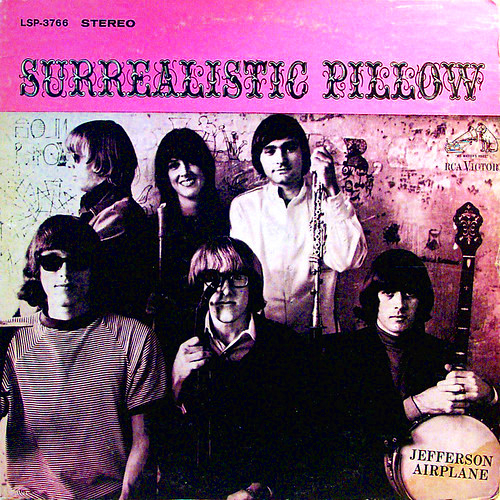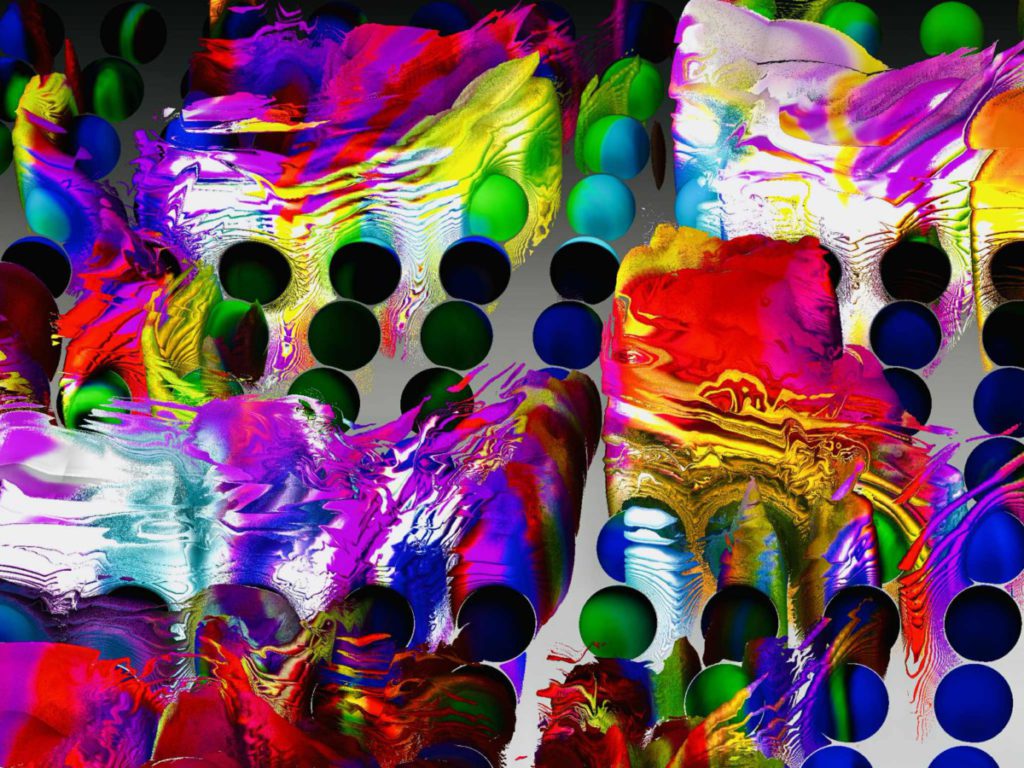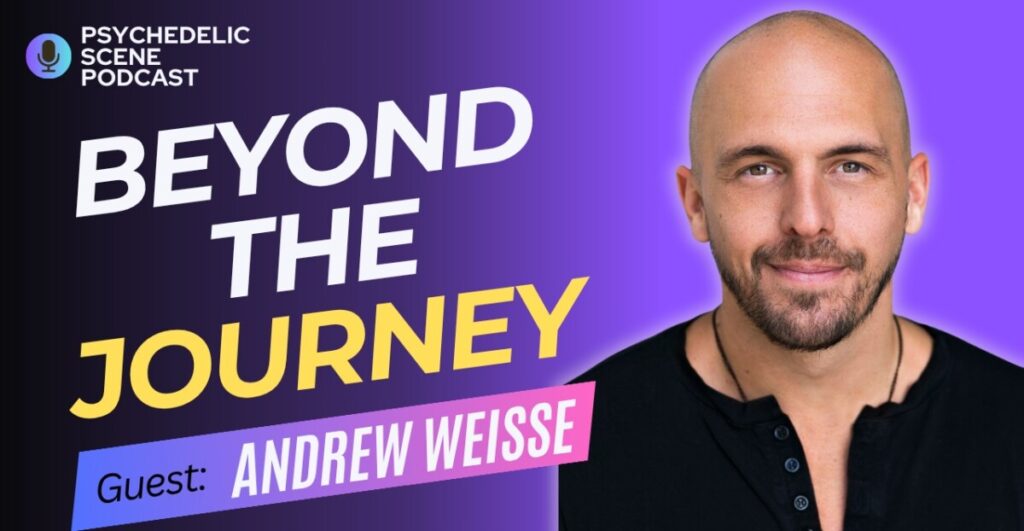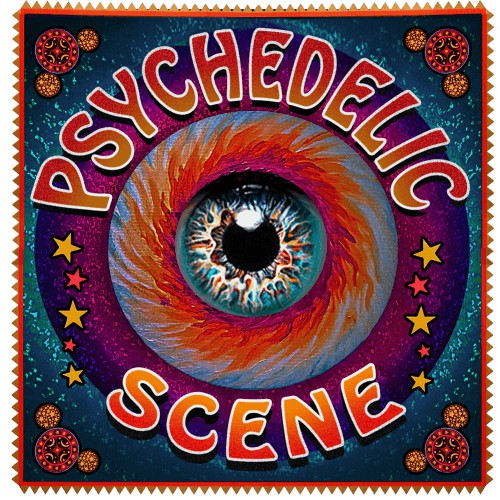The Psych Ward–Surrealistic Pillow by Jefferson Airplane
The Psych Ward–Surrealistic Pillow by Jefferson Airplane
Surrealistic Pillow was the second album by San Francisco-based psych pioneers Jefferson Airplane, released in February 1967. The wide range of lyrical and vocal variety provided by Grace Slick, Marty Balin, Paul Kantner, and Jorma Kaukonen is accompanied by the latter’s dazzling lead guitar, and the exemplar rhythm section of bassist Jack Casady and drummer Spencer Dryden.
The album is simply astonishing, and some of the songs are the stuff of legend. “Somebody to Love” is emblematic of the
The album is simply astonishing, and some of the songs are the stuff of legend.
Summer of Love of 1967, despite favoring a moody minor chord progression over merrier major chords. Grace Slick’s distinct, fiery voice throughout this record is equally passionate and eerily supernatural.
Few songs emphatically strike, capture and displace the listener like “White Rabbit.” The staccato Spanish-laced semi-tones provide an unsettling backdrop, rising to a hectic stomp. Slick vividly re-imagines Lewis Carroll’s centennial novel Alice in Wonderland as an acid-induced hallucination, concluding with the timeless advice “feed your head!” The hair-raising musical tension highlighted by Slick’s iconic narrative results in perhaps the quintessential psychedelic anthem of all time.
Acoustic guitar harkens to the graceful “Embryonic Journey,” a beautiful instrumental that showcases Kaukonen’s acoustic guitar wizardry before ending too soon. Similar themes continue in two of the album’s forgotten ballads, “Today” and “Comin’ Back to Me.” On the former, Jorma patiently colors in the lines with a restrained electric guitar motif while Slick and Balin’s aching pleadings soon become overwhelmed by cavern reverb – an example of the era’s overuse of this recording effect. Balin croons and rambles through “Comin’ Back to Me,” backed by Grace’s smooth recorder accompaniment.
The fuzz-laden “3/5 Of a Mile in 10 Seconds” depicts the speed of 216MPH with deranged, hyper strumming by Kaukonen and Casady. It’s interesting how several songs have withstood the test of time, while some have not. “Plastic Fantastic Lover” doesn’t stand up as well decades later, despite its humorous riffs. “D.C.B.A.-25” is a jangly jingle that is relatively uninspired, as the group simply settled on its first four chords when naming the song.
“My Best Friend” and “How Do You Feel” better display the group’s sonant depth, as Kantner, Slick, and Balin furnish vocal harmonies reminiscent of The Mamas and The Papas on these sunny California-coated songs.
The raw, raucous energy contained within is palpable, occasionally supplanted by thoughtful acoustic interludes. As the album progresses, right before our ears these rebellious beatniks transform into a legendary musical force to be reckoned with, synergetically propelling this incomparable band into timeless eminence.
Related: The 100 Best Psychedelic Rock Albums of the Golden Age
Gallery
Recent Articles
Artist Spotlight: Doug Leed
•
December 9, 2025
Podcast with Andrew Weisse: Beyond The Journey
•
December 5, 2025

Loading...
The Club Is Open by Radderall & Muzzy Fossa–Album Review
- Bill Kurzenberger




